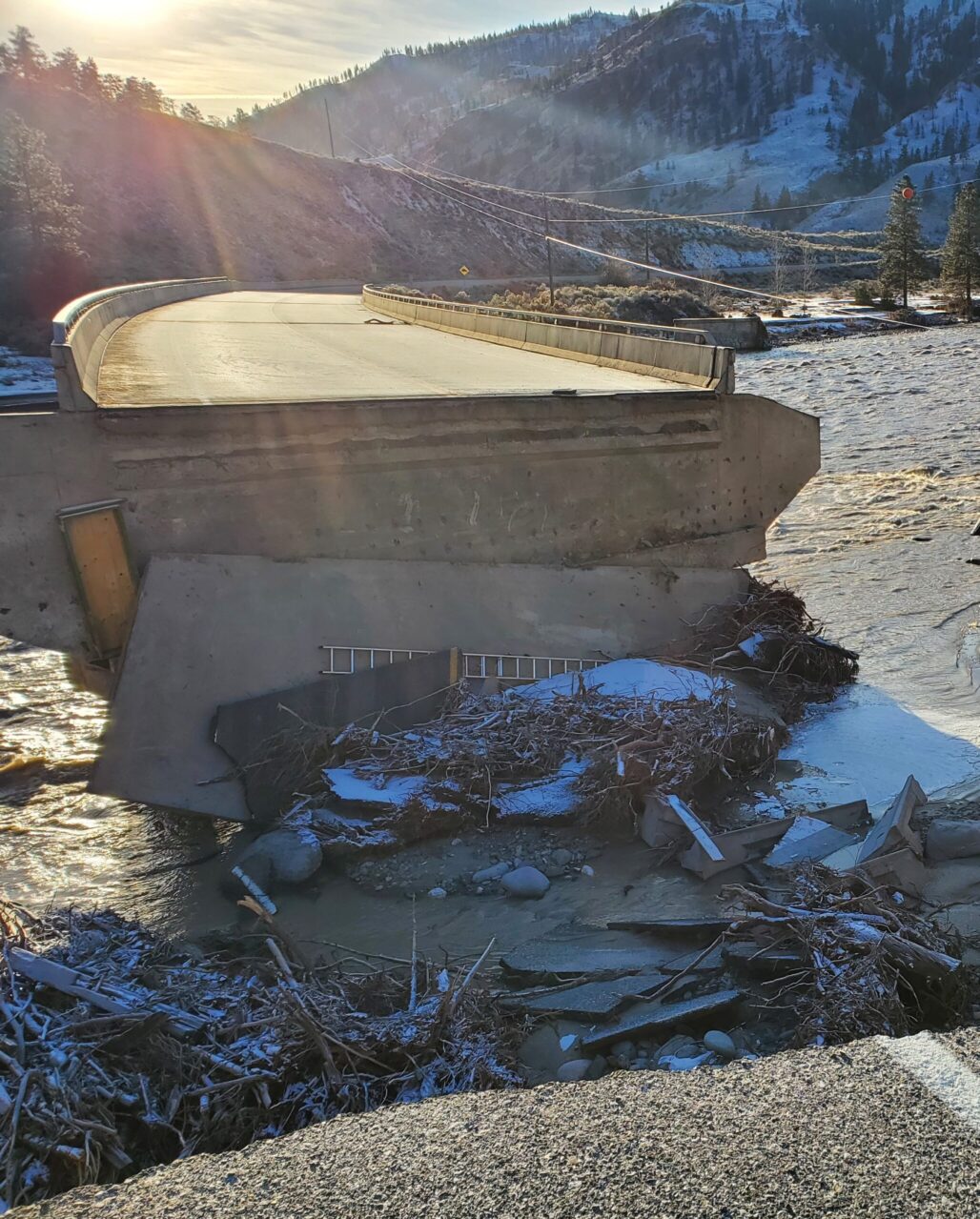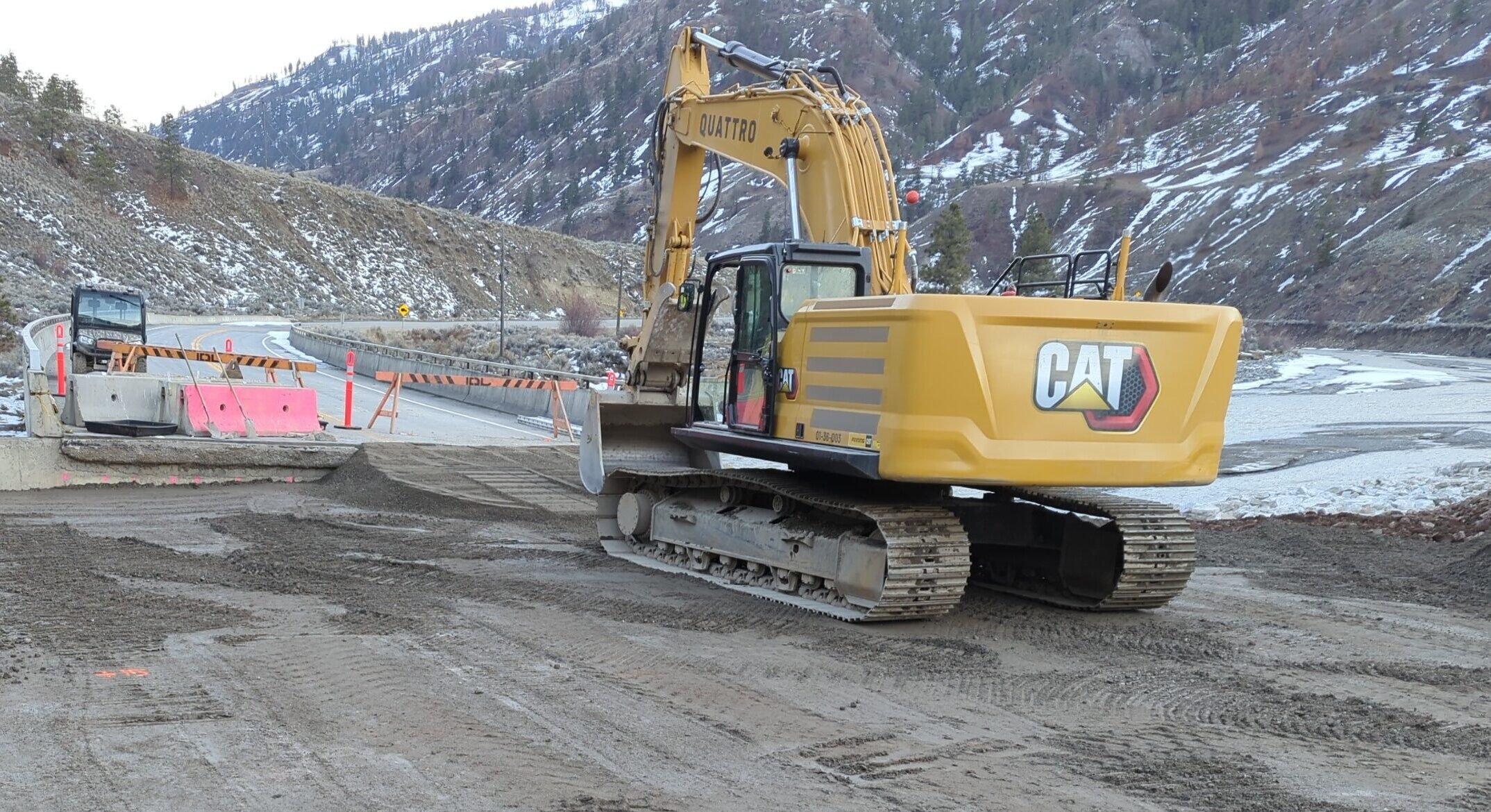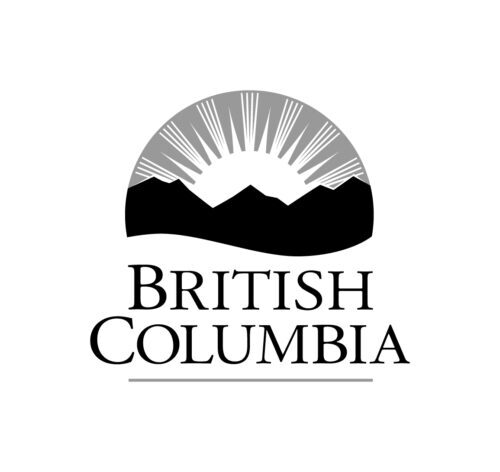Our target audiences were people who had been displaced from their homes. They were in temporary accommodations, struggling to make sense of a horrible disaster. We had to find ways to reach them despite their limited access to power, technology and the comforts of home.




